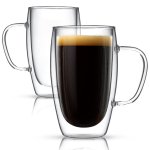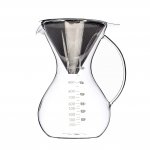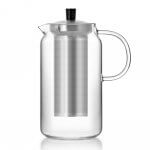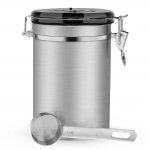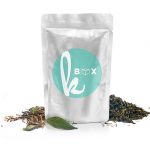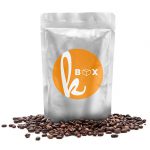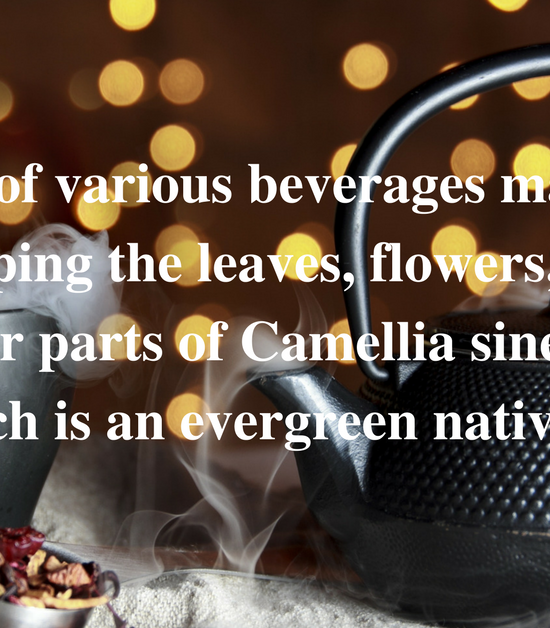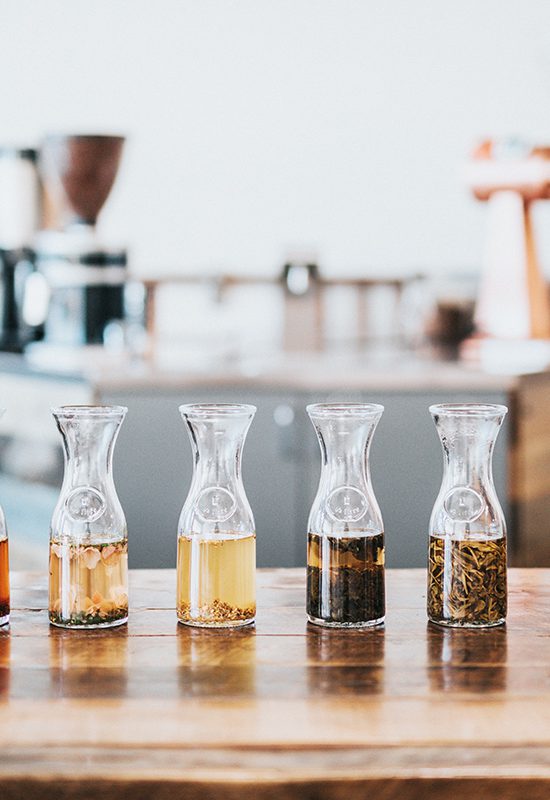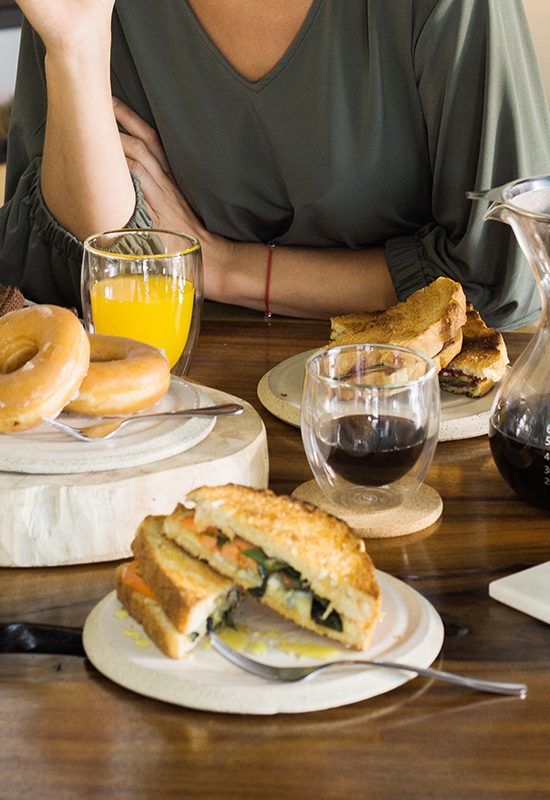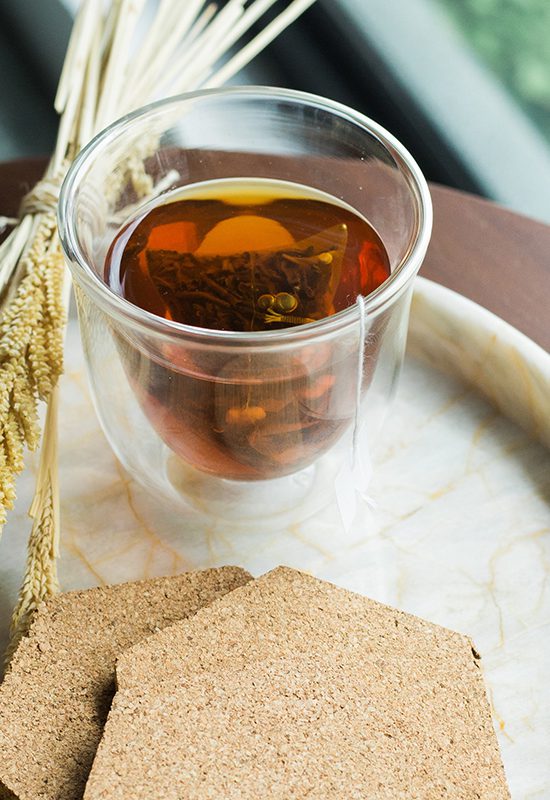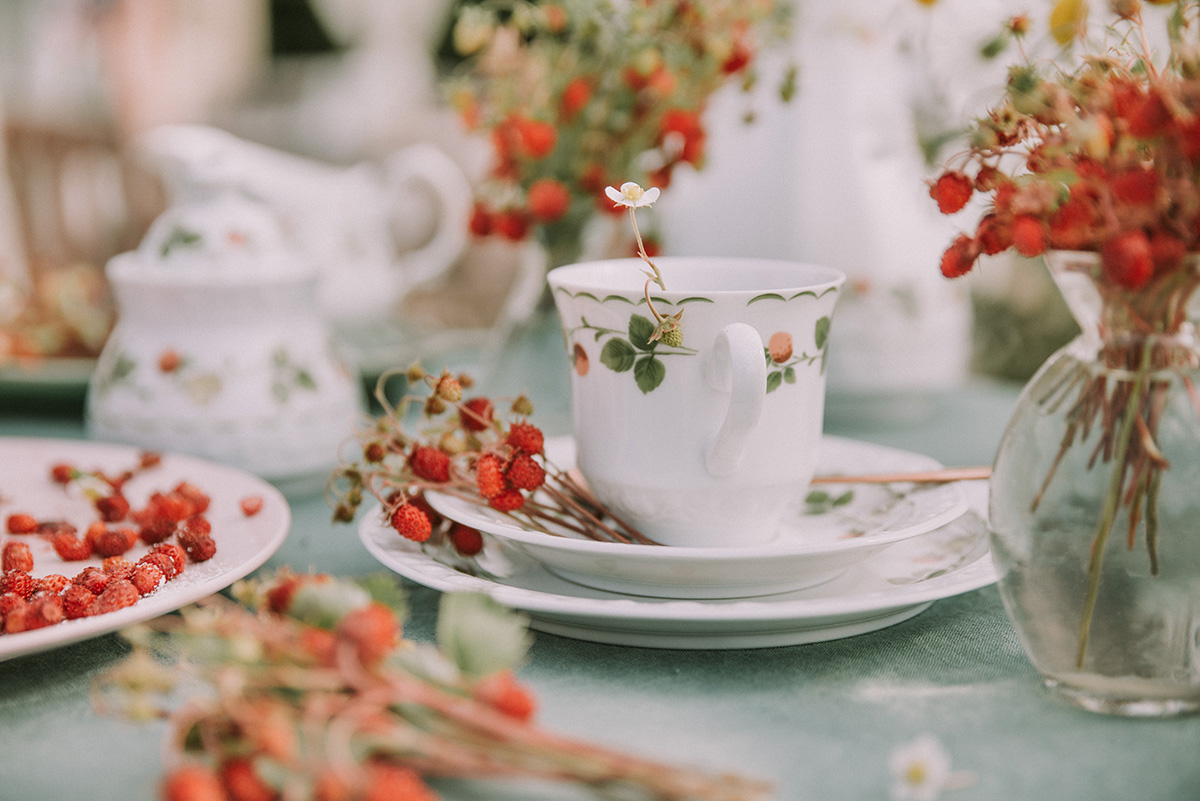
Ready for Your Next Tea Party? Here’s A Basic Tea Etiquette Guide
Drinking tea is already a long-standing tradition and has become a social occasion throughout the centuries. In fact, there’s tea etiquette to follow to make drinking tea more traditional, fashionable, and enjoyable. When you are in the comforts of your home, of course, you are free to do whatever you please during your tea session as long as you enjoy it.
However, when attending social gatherings in hotels, tearooms, or other events, it would be nice to come equipped with the proper knowledge of having tea the right way.
1. Afternoon Tea vs. High Tea
First off, brush up on your terms. Many people would utterly say it’s “tea” and not “afternoon tea.” Still, some people say “afternoon tea” to mean “low tea” because they have tea at low tables beside armchairs.
High-tea is never used because it means completely different from tea or afternoon tea. Although it sounds grander and nicer, high-tea was generally for servants of a large house after they had served the afternoon tea.
It’s also preferred to say “to have tea” instead of “to take tea”, and have “some tea” instead of have “a tea”. Example: I want to have some tea with my friends tomorrow.

2. Invitations
Inviting guests at least a week in advance is proper. You may do it either face to face, via mail, or telephone. Aside from yourself (if you’re the host/hostess), you should also assign or nominate a “pourer” from your guests. He or she will act as the guardian of the teapot. This role suggests deep trust and valuable social graces.

3. Components of Traditional Tea
You will need a complete china tea set. This includes a teapot or a pot of leaf tea (not tea bags), another pot of hot water, creamer for the milk, sugar bowl, cups, saucers, teaspoons, tea strainer, lemon slices, cakes, sandwiches, and scones.
The tray of tea and the china tea set are placed at one end of the table. On the right side, you can place the teacups, saucers, and teaspoons while the flatware, plates, and table napkins on the left side.
Forks should be prepared if the cake is soft, sticky, or creamy, as well as knives or butter spreaders if there’s jam or cream for the bread or scones.
For the table arrangement in a private home or tearoom, the knife and butter spreader should be on the right side of the plate while the fork is on the left side. The host can also add a teaspoon on the saucer that holds the cup, or it could be on the right side of the knife.

4. Art of Serving Tea
Pour tea into the cup one at a time. Pass each cup to the guest before pouring the next one. Do not pour multiple cups then pass them on to everyone (even though that might be the easier thing to do). The guest should receive their cup from the pourer and not from other guests.
A tea strainer should also be used to sift any loose leaves. The pourer can hold the teapot on the one hand and the strainer on the other while pouring.

5. Drinking Tea
You probably already know the common practice of raising the pinky finger when drinking tea. Well, it turns out it’s a common misconception. To drink tea properly, just sit straight and position the napkin on your lap. Hold the cup with the index finger on the handle and use the thumb just above it to grip (pretty much just how you typically would hold a cup).
Bring the cup to your mouth and avoid leaning forward to drink. Taking small sips is proper. Do not slurp it or blow it to cool like it’s soup.
Stir the tea gently in a back and forth motion using your teaspoon – not in a circular motion as you would in coffee. Also, stir without making a clanking or banging noise resulting from hitting the cup or saucer with the teaspoon.

6. The Add-Ons
The tea session isn’t complete without scones, sandwiches, and cakes. First off, scones (pronounced “skon” and never “skone”) should be broken into two using your hands and not cut with a knife. As to whether you’re going to add cream first or jam first is already your preference. Lastly, do not put back the two cut scones together as if it’s a sandwich. Nope!
Sandwiches are usually cut in small squares, triangles, or rectangles. Since these are finger sandwiches, they are eaten with the hand, so there’s really no need to use a fork.
Small cakes, on the other hand, can be eaten with the hand or a small fork.
As with the commonly-debated “milk or tea first” issue, somehow it all boils down to your preference. We have explained this a bit in detail in our previous post – How to Make Your Perfect Cup of Tea.

7. Finale
Usually guests can enjoy up to two cups of tea as one may not be enough and three might be excessive. Upon leaving, you can just leave the napkin unfolded and put it on the left side of the plate setting.
Now, remember that although these best practices are put into place by tradition, the best way to have tea is still the one you prefer. Don’t let these rules worry you or cause you anxiety. The most important thing is that you have enjoyed your tea and the company of your family and friends or guests.
*Pin for later.

